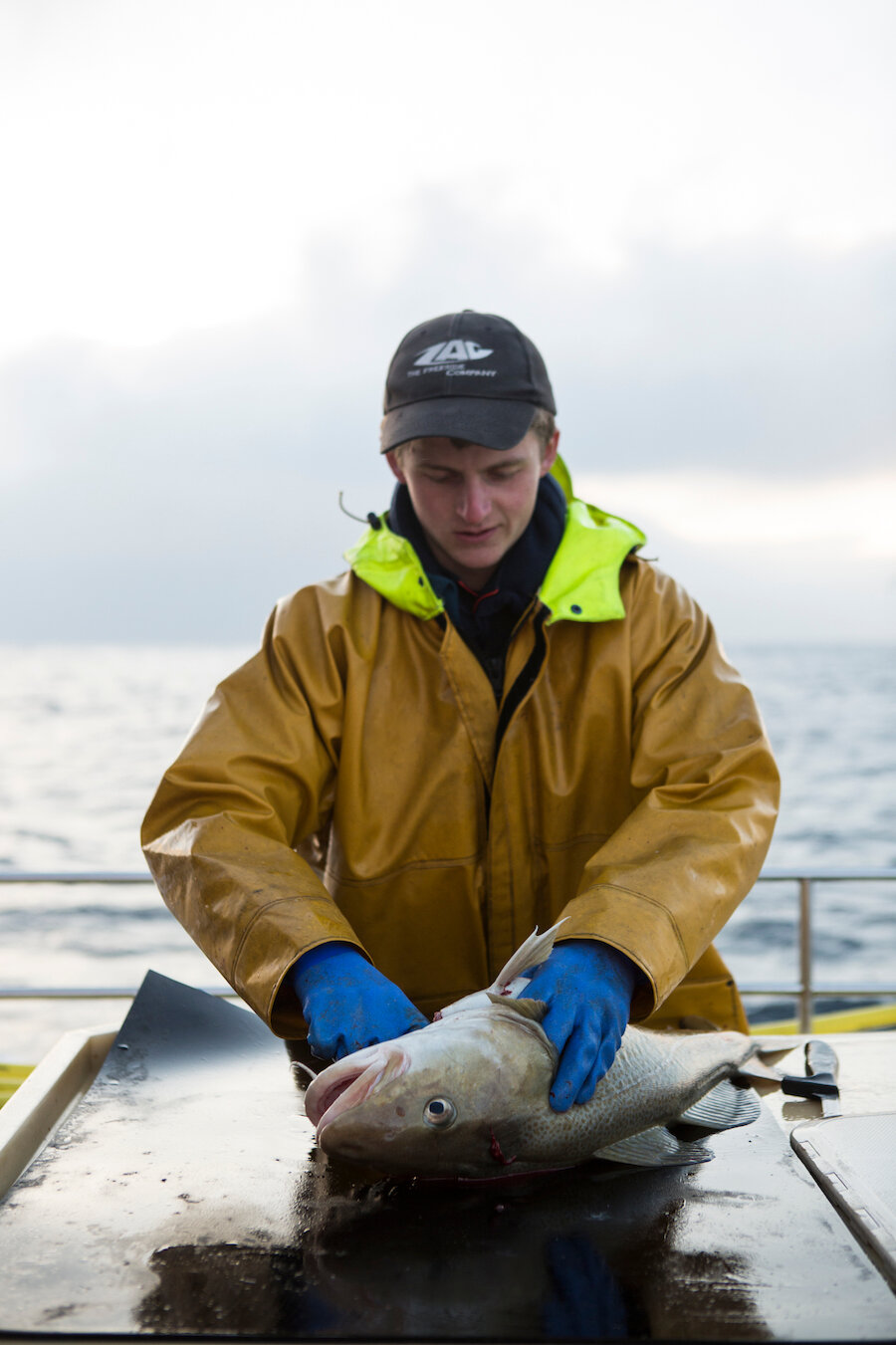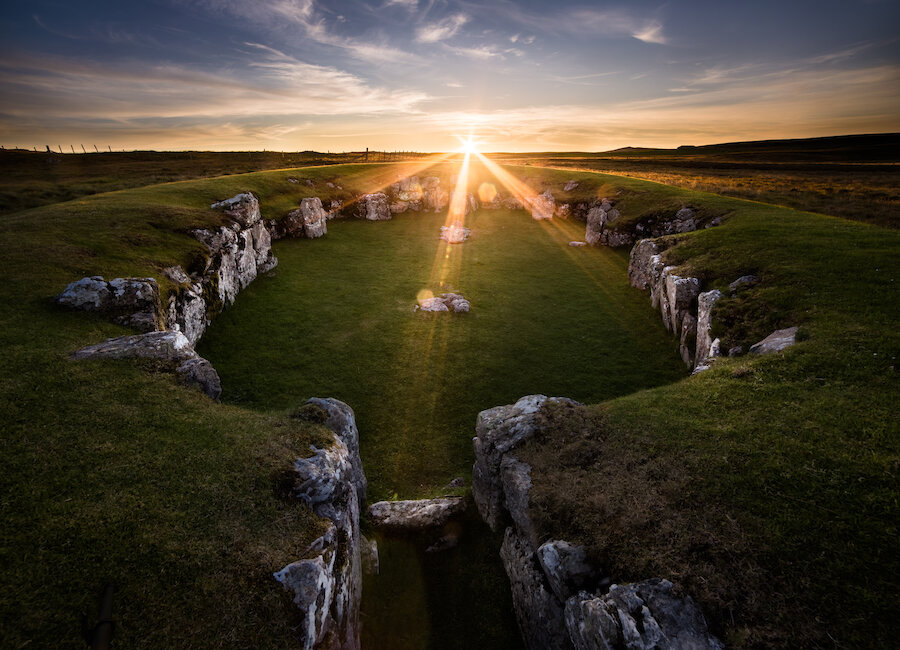1. Because there are more than enough beaches to go round
Shetland’s beaches come in all varieties, from Quendale’s perfect crescent of white sand to the beautiful tombolo at St Ninian’s, which disappears at high tide. Beaches like the beautiful Breckon on Yell or Meal beach on Burra island can feel almost tropical on sunny days, with white sand glinting through turquoise water, while bays like Deepdale and the reddish Lang Ayre are all about wild geological drama. Read here to discover some of the locals’ favourites.




















